Norway is truly a magical country to visit. It has a rich history, littered with myths and legends, present in historical and natural attractions.
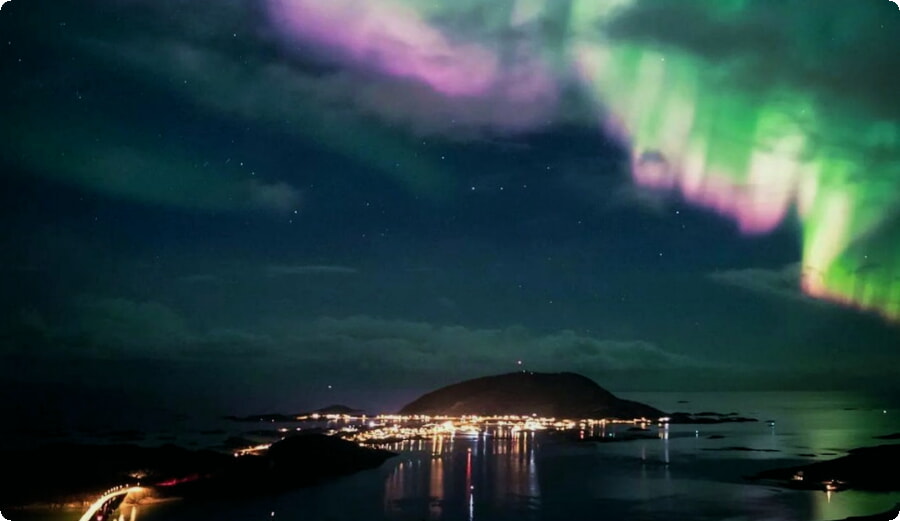
North Cape
The North Cape is the northernmost point in Europe. It is located in the western part of Finnmark, where the Atlantic and Arctic oceans meet. Tourists have been visiting the North Cape since 1664. In summer, he sees the midnight sun, as it does not set from May to July. It is a popular place for winter sports. Head to the cliff plateau for incredible views of the headland.
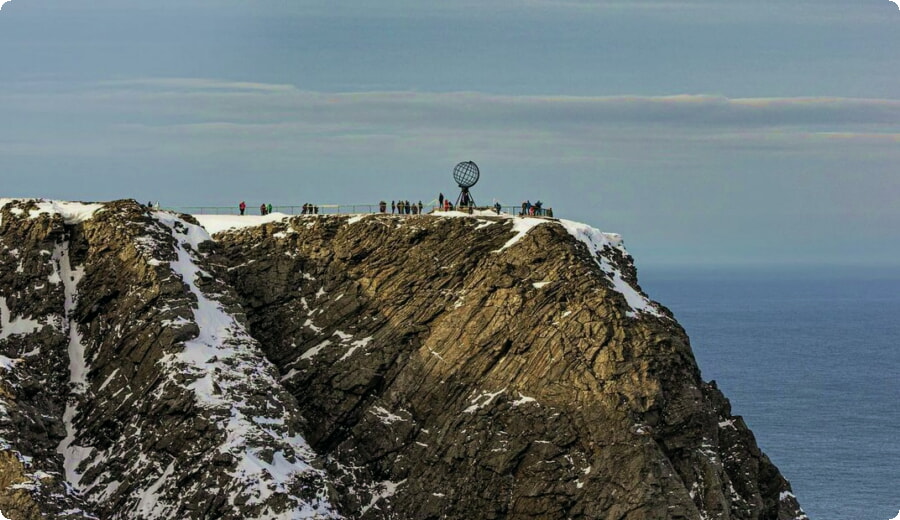
It is the largest and deepest fjord in Norway. It stretches from the ocean to a small village called Skjolden. The height of the fjord is 1308 meters. Its shores are dotted with picturesque villages. Visit the book towns of Fjærland and Tvedestrand, where secondhand bookshops, festivals and other literary events take tourists away from the calm blue waters of the fjord.
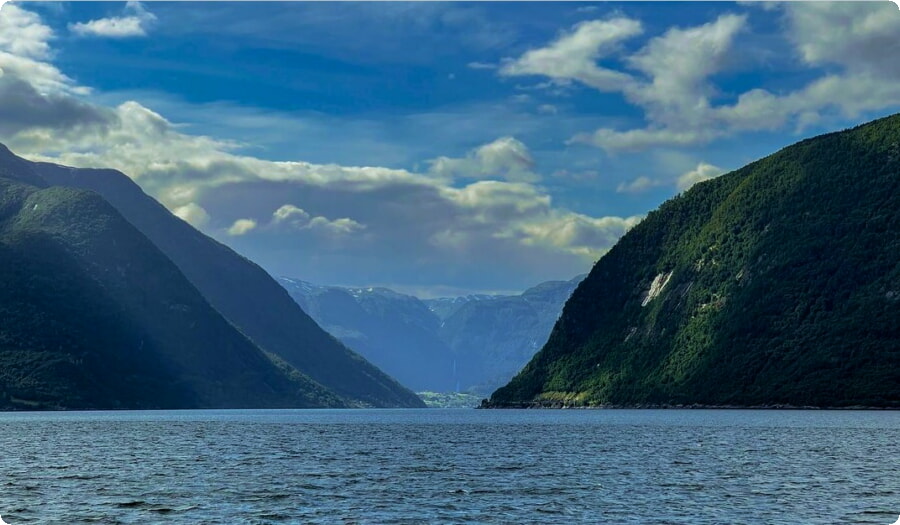
Svalbard
Svalbard is Norway’s gateway to the North Pole. The natural landscape of Svalbard is characterized by extensive tundra, glaciers and bare mountains. During the polar summer, the sun shines 24 hours a day, and in winter you can see the northern lights. It is a popular destination for Arctic expeditions, dog sledding or looking for polar bears on a boat trip in the Arctic.
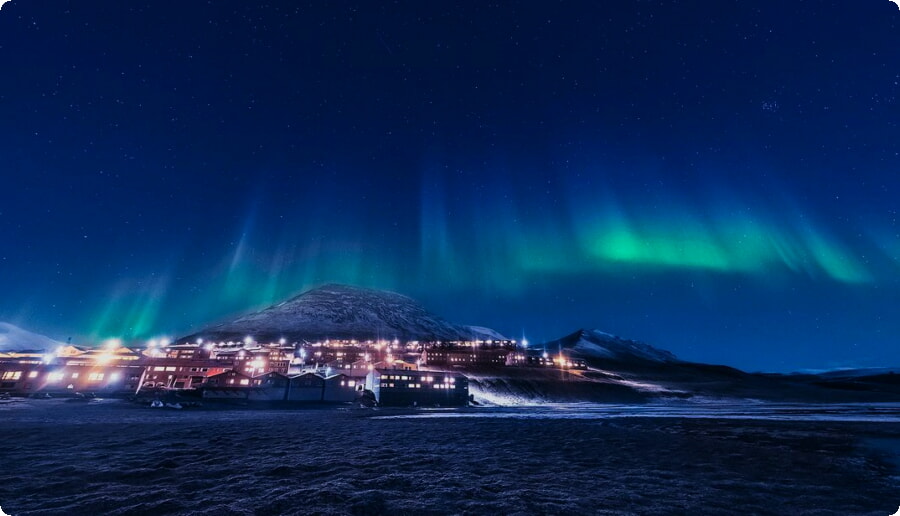
Nigardsbreen Glacier
This is one of the most beautiful and accessible glaciers in Norway. The glacier is at a low altitude of 300 meters, which makes it a convenient place for guided walks. The glacier has been immortalized by some of Norway’s most famous artists and it’s easy to see why they were drawn to these captivating landscapes.
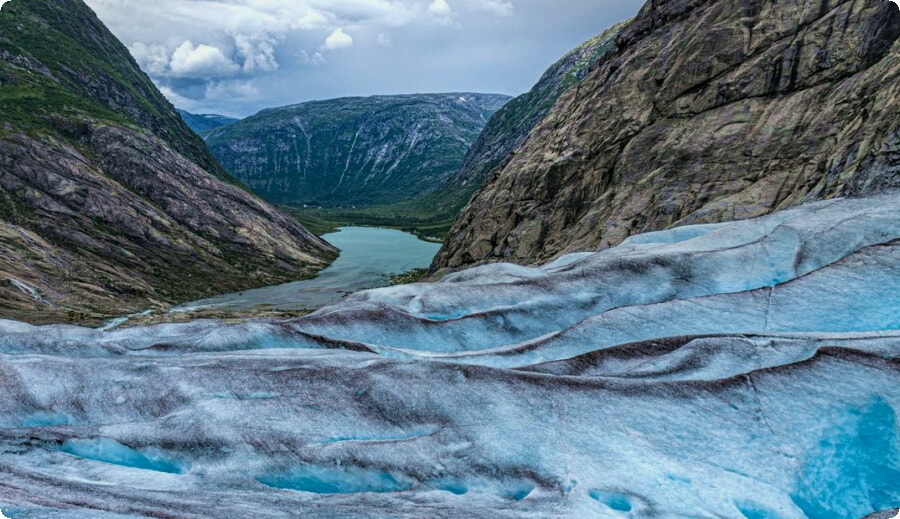
The Stavanger swords are an unusual attraction in Norway. The swords are 10 m high and rise in the ground under a hill next to Hafrsfjord. This is a Norwegian monument to the battle that took place in 872. The battle allowed King Harald to reunite all of Norway under his rule. Fritz Roed cast the swords in bronze and unveiled them by King Olav in 1983.
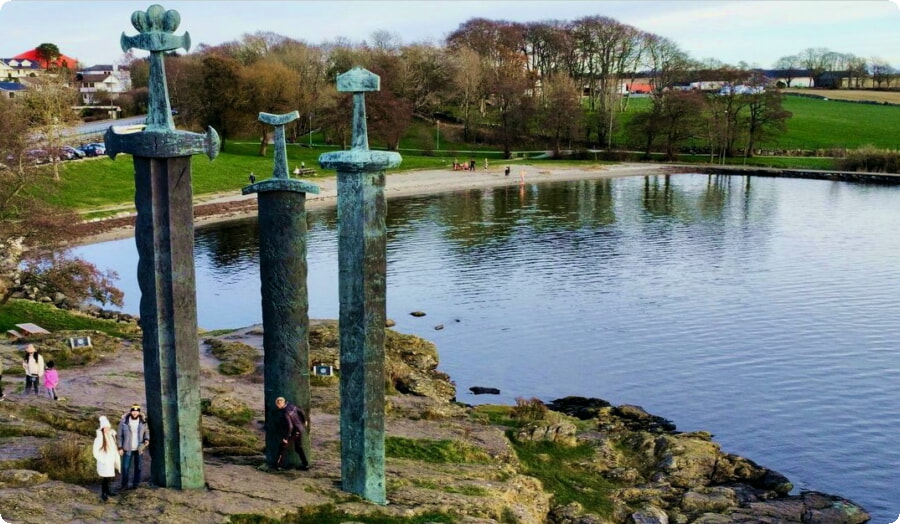
Bryggen
Bryggen is a series of Hanseatic heritage commercial buildings that line the harbor and are Norway’s most visited tourist attraction.
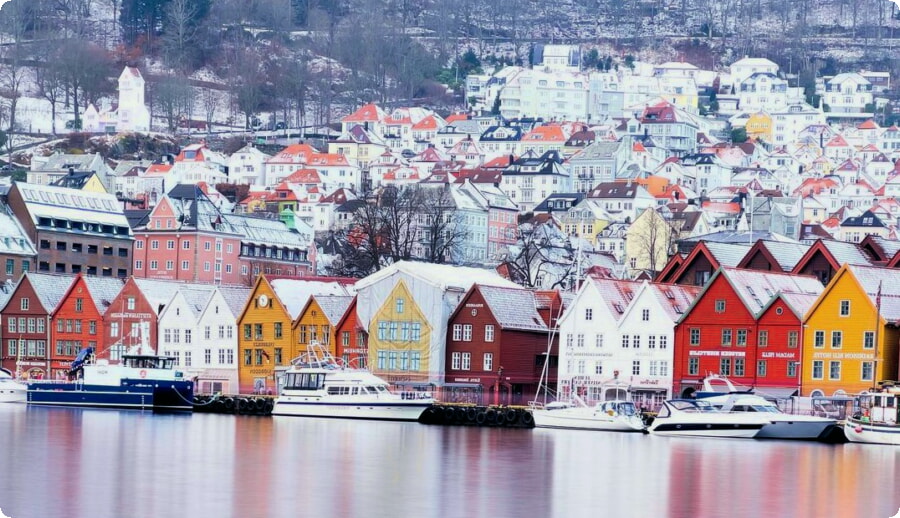
The buildings are made of wood and built close together, sharing backyards and creating a community feel. Today Bryggen consists of 61 preserved buildings and a museum dedicated to the history of seafaring and shipping. Bryggen is also the starting point for cruises to three of Norway’s famous fjords.
Akershus Fortress
Under the command of King Haakon V, Akershus Castle and Fortress were built in the 1300s. The fortress is located on a cape, which gives it a strategic advantage over the attackers. Therefore, it is not surprising that during its history the fortress withstood many sieges. During the reign of King Christian IV, the fortress was transformed into a Renaissance castle where the royal family lived.
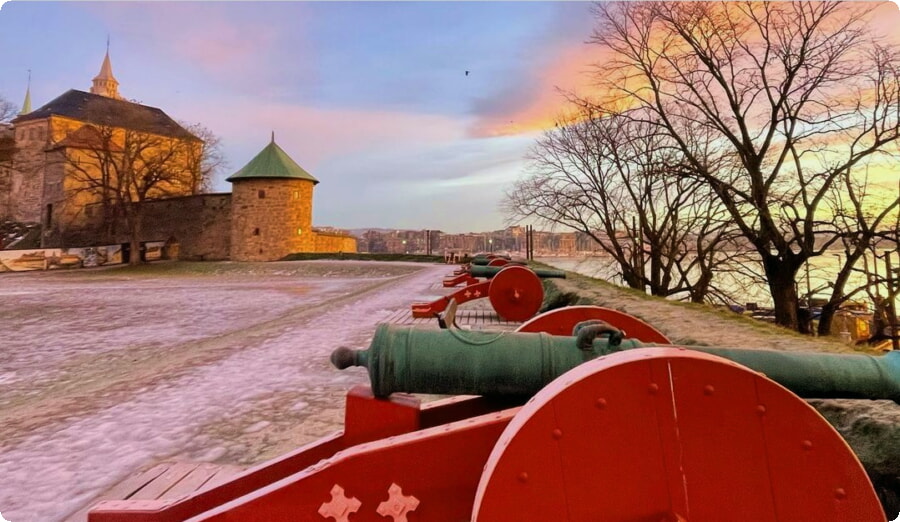
This is the oldest stave church in Norway. The church dates from 1130 and includes materials from three previous churches that existed 100 years before Urnes was built. Inside the church, there are many attractions, including 12th-century figures depicting Jesus on the cross, a ciborium altarpiece from 1699, and a large section of ornate third church wall located on the north side.
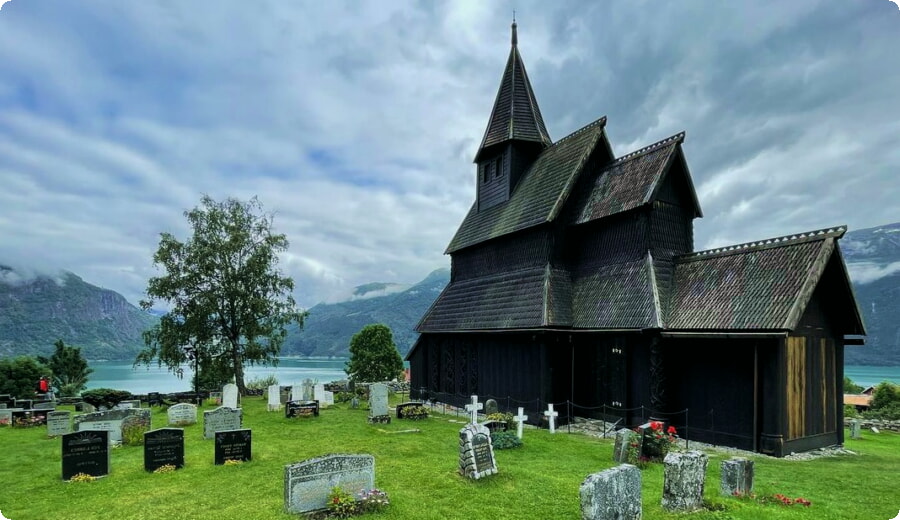
This is the national sanctuary of Norway, towering over the tomb of St. Olaf. Construction began in 1070 and the cathedral was completed in 1300 but was destroyed by fire in 1537. During the 1800s, the cathedral underwent an extensive renovation, which resulted in part of the cathedral being preserved. The stained glass windows in the cathedral are more modern, having been completed and installed in the early 20th century. King Olav Haraldsson is buried under what is now the main altar.
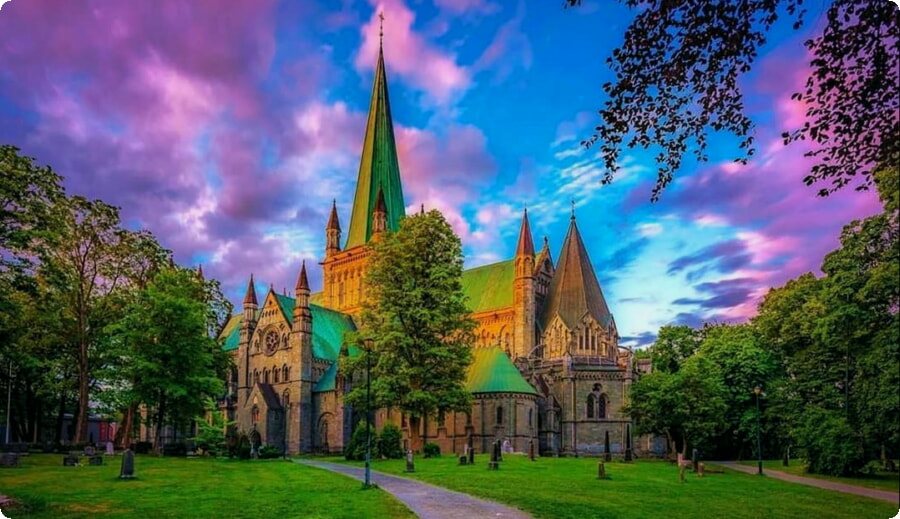
This is one of the best roads in Norway and the world. It runs along the coast of Norway and crosses several small islands.
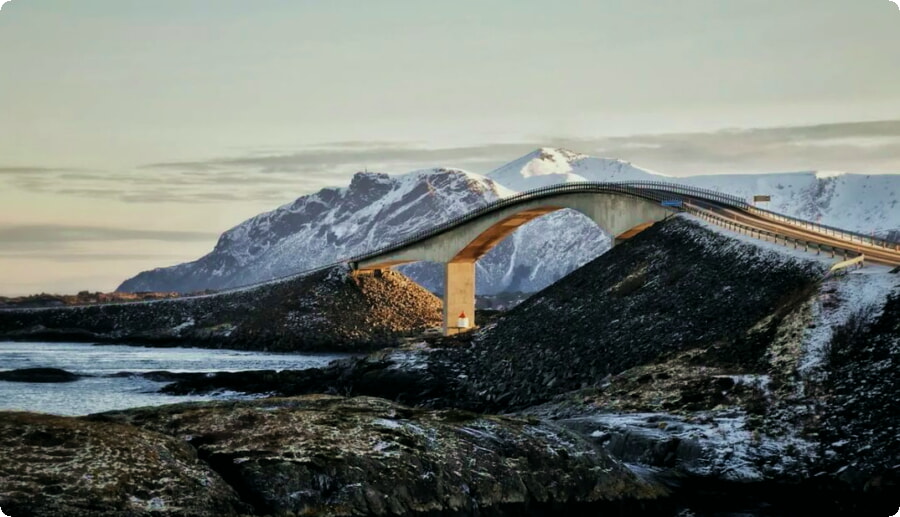
The road is 8 kilometers long and has eight bridges. The route passes not only through spectacular natural landscapes, but also through a wide variety of local wildlife.
